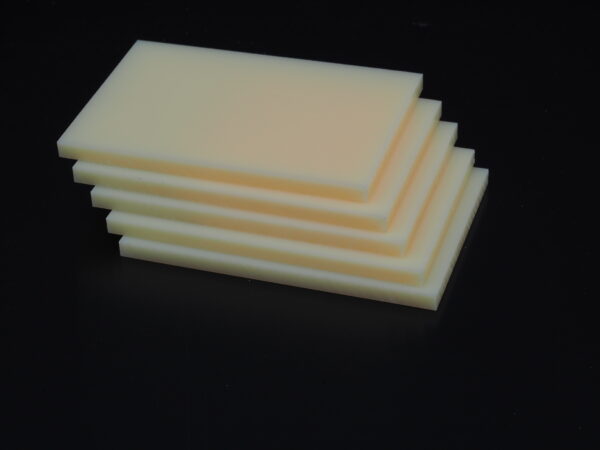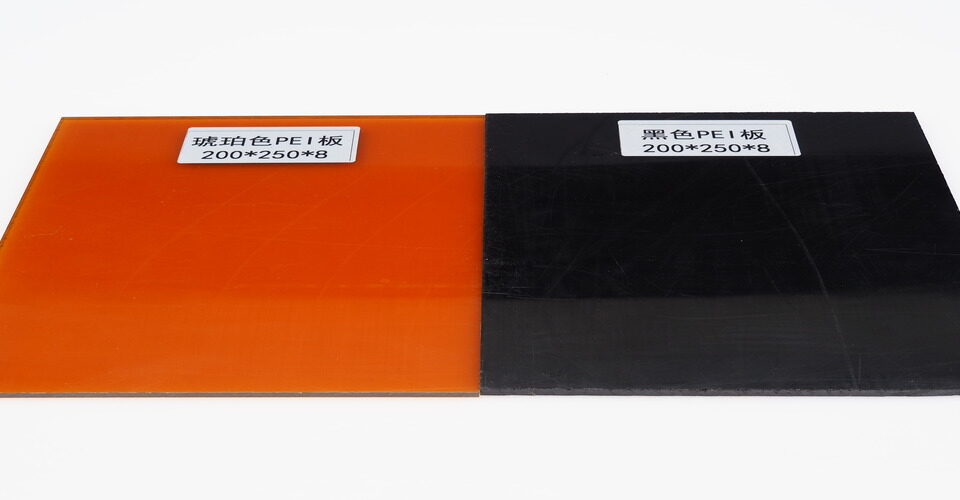
Is ABS Plastic Good Quality?
October 8, 2024
What Is PVC Used For?
October 8, 2024Acrylonitrile Butadiene Styrene (ABS) plastic is renowned for its strength and durability, but like any material, it has its limitations. Understanding the conditions under which ABS may crack is crucial for ensuring its longevity in various applications.
Impact Resistance
One of the standout features of ABS is its excellent impact resistance. It can absorb shock and withstand stress, making it less prone to cracking compared to many other plastics. This property is especially beneficial in applications like automotive parts and protective gear.
Temperature Effects
While ABS performs well under a range of temperatures, extreme conditions can lead to cracking. Exposure to very high temperatures can cause the material to soften and lose structural integrity, while extreme cold can make it brittle. Therefore, it’s essential to consider the temperature environment when using ABS.

Chemical Exposure
ABS plastic exhibits good resistance to many chemicals, but it can be vulnerable to certain solvents, such as acetone. Prolonged exposure to these substances can weaken the material and lead to cracking. It’s advisable to avoid using ABS in environments where it may come into contact with aggressive chemicals.
Aging and Wear
Over time, repeated stress or exposure to UV light can also contribute to the degradation of ABS, making it more susceptible to cracking. Regular maintenance and protective coatings can help prolong its lifespan.
Conclusion
In summary, while ABS plastic is generally resistant to cracking due to its impact strength, factors such as temperature extremes, chemical exposure, and aging can affect its durability. Proper care and consideration of environmental conditions are essential for preventing cracks in ABS products.






